Description
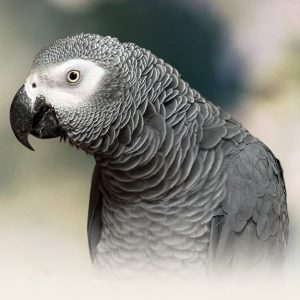 The Grey parrot, African grey parrot, Congo grey parrot, Congo African grey parrot for sale ability to talk and mimic sounds makes this medium-sized parrot a captivating companion. African grey owners often report that their greys oftentimes talk in context and seem very attuned to their people’s emotions. The African grey parrot is not just a top talker — this bird is also known for its extreme intelligence, which gives them the moniker “The Einsteins of the Bird World.”
The Grey parrot, African grey parrot, Congo grey parrot, Congo African grey parrot for sale ability to talk and mimic sounds makes this medium-sized parrot a captivating companion. African grey owners often report that their greys oftentimes talk in context and seem very attuned to their people’s emotions. The African grey parrot is not just a top talker — this bird is also known for its extreme intelligence, which gives them the moniker “The Einsteins of the Bird World.”
The African grey parrot is one of the most talented talking/ mimicking birds on the planet, giving it quite a reputation among bird enthusiasts. Not only do bird keepers love this intelligent bird, it’s one of the most recognizable species to bird novices as well — everyone knows the African grey parrot. This parrot is one of the oldest psitticine species kept by humans, with records of the bird dating back to biblical times. Understated beauty and a brainy no-nonsense attitude are what keep this parrot at the peak of popularity.african grey parrots for sale,parrots for sale near me,parrots for sale glasgow.
At first glance, the African grey is a medium-sized, dusty-looking gray bird, almost pigeon-like — but further investigation reveals a bright red tail, intelligent orange eyes, and a stunning scalloped pattern to its plumage.chaga uk
Native Region / Natural Habitat of the African grey parrot

Temperament (African grey parrot for sale )
African greys are the most intelligent of the parrot species. Many grow to be extremely sweet and affectionate toward their owners, and we know the species for being quite sociable.
However, an African grey that is bored or neglected is an unhappy bird. A depressed or angry bird will screech its discontent. You must provide the bird with lots of mental stimulation.calor gas heaters screwfix,calor gas heaters b&m,1p per hour electric heaters.aldi logs,calor gas heaters homebase,aldi firewood.
A highly intelligent bird is also a complex bird. Although it is very social and demands interaction, it is not necessarily a cuddly bird. Some of these birds tend to become “one-person” birds. Even if owners make every effort to socialize them with all members of the family.duralast gold battery,duralast gold.
Personality & Behavior
Most bird keepers believe that only an experienced bird enthusiast should keep a grey. They are complex parrots, highly sensitive, and more than a little demanding. So they are also charming and brilliant, but this match of sensitivity and brains can lead to behavioral issues. They are creatures of habit, and even a small change in routine can make a sensitive grey unhappy. They are prone to plucking and chewing their feathers, among other bad habits. Anecdotally, the TAG has a hardier attitude and may be better for households with a lot of people coming and going. The CAG prefers a little less chaos.
African greys are social parrots that need a lot of hands-on time, however, they aren’t “cuddlebugs.” They will tolerate some head scratching and a little bit of petting. But they do not appreciate intense physical contact. Though some individuals don’t mind a little snuggling. Every bird has individual tastes and preferences. A grey can also become a “one person bird,” even if every member of the household socializes with it from the beginning.
Speech & Sound
Much of the grey’s appeal comes from its talking ability. It is among the best talkers in the parrot family. Able to repeat words and phrases after hearing them just once or twice. This bird reaches full talking ability around a year of age, and most individuals become capable mimics much earlier.
Not only will a grey develop an outstanding vocabulary, research has shown that this species can come to understand what it’s saying. The most famous CAG, Alex, and his colleague, Dr. Irene Pepperberg, may be the reason for the popularity of this species, and certainly for its high profile. Alex and Dr. Pepperberg worked together for 30 years at Brandeis University until his unfortunate death in 2007, due to a catastrophic event associated to arteriosclerosis (“hardening of the arteries”).
In their three decades of research, Dr. Pepperberg taught Alex to recognize and identify objects, colors, and shapes. Alex could also understand the concepts of same and different, category, and could even count objects. Though Alex was on his way to much more complex thought processes, including how to read, his fellow African greys Griffin and Arthur (AKA “Wart”) are continuing to work with Dr. Pepperberg trying to reach the point that Alex had reached and even further.liberty caps
But just because greys are smart and may choose to talk rather than scream. It’s a mistake to believe that they aren’t noisy. They aren’t as loud or persistent as some of the South American species. But they will learn household sounds and use them tirelessly to the dismay of guardians. Imagine the microwave beeping incessantly, or a cellphone ringing madly without the luxury of turning it off.
Common Health Problems
African greys can be prone to feather picking, calcium deficiency, vitamin-A and vitamin-D deficiency, respiratory infection, psittacosis, and psittacine beak and feather disease.
Vitamin deficiencies can be prevented by making sure your bird eats a wide selection of fruits. As well as vegetables high in beta-carotene, such as cooked sweet potato, and fresh kale.
Feather-picking is usually the sign of a bored bird that is not receiving enough mental stimulation, attention, or exercise.
Exercise
Adequate amounts of activity are crucial to maintaining the health of an African grey parrot. So allow the African Grey Parrotsto spend at least 1 to 2 hours out of their cages daily. With vigorous exercise and make sure to provide them with plenty of bird-safe chew toys. To help exercise their powerful beaks.
- Social, friendly, although do not like cuddles
- Intelligent, can speak and understand hundreds of words and phrases
- Requires a lot of attention and mental stimulation
- Tend to be one-person birds not the greatest family pet
African grey parrots generally inhabit savannas, coastal mangroves, woodland and edges of forest clearings in their West and Central Africa range. Though the larger of the African grey subspecies is referred to as the Congo African grey, this bird actually has a much wider natural range in Africa, including the southeastern Ivory Coast, Kenya, and Tanzania. The Timneh African grey is found in a smaller region along the western edge of the Ivory Coast and through southern Guinea. Their diet in the wild consists mostly of palm nuts, seeds, fruits, and leafy matter.
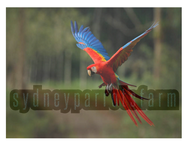


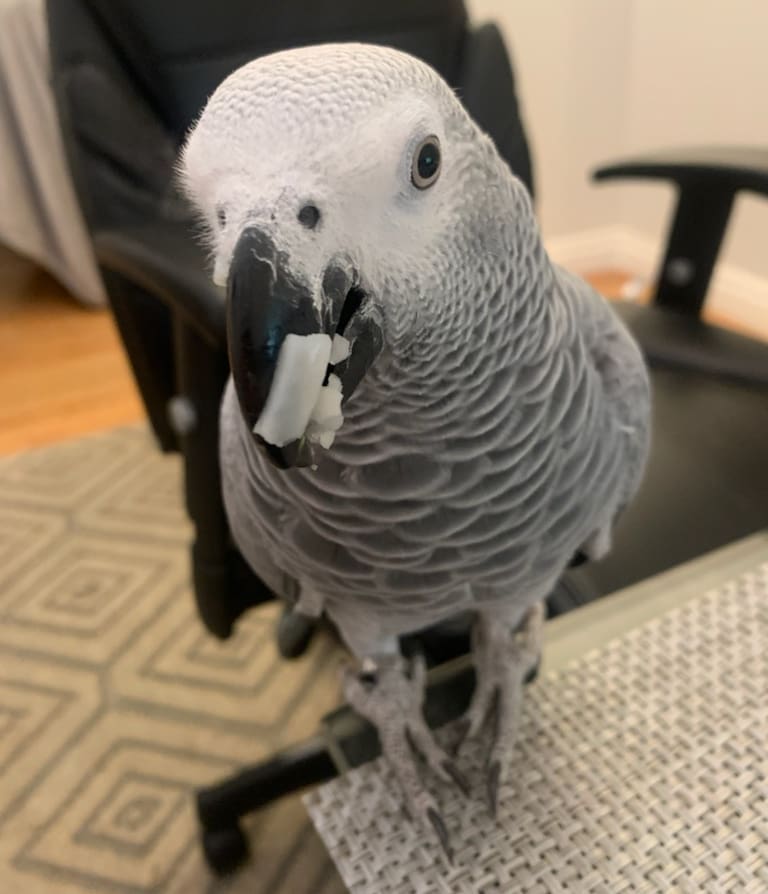
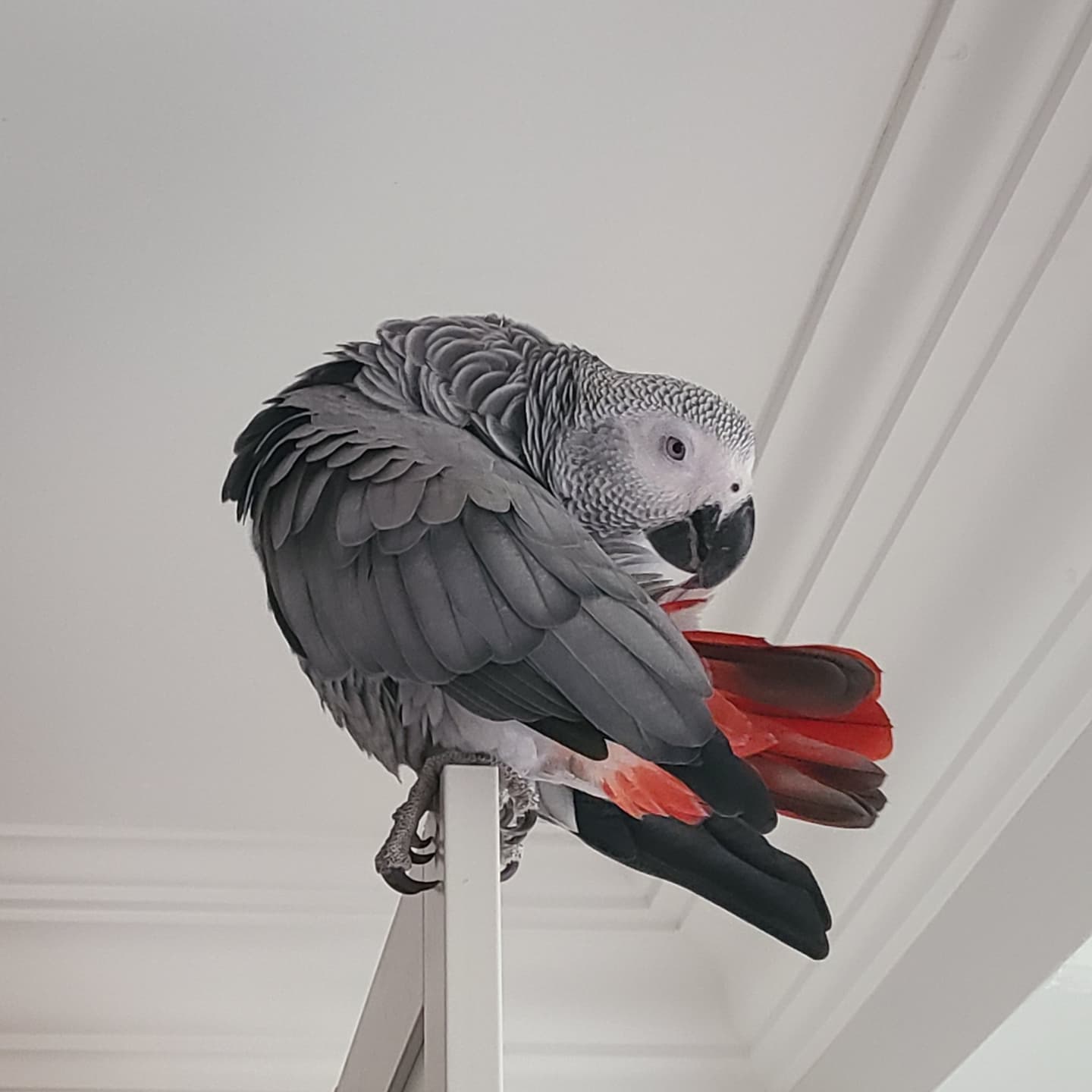
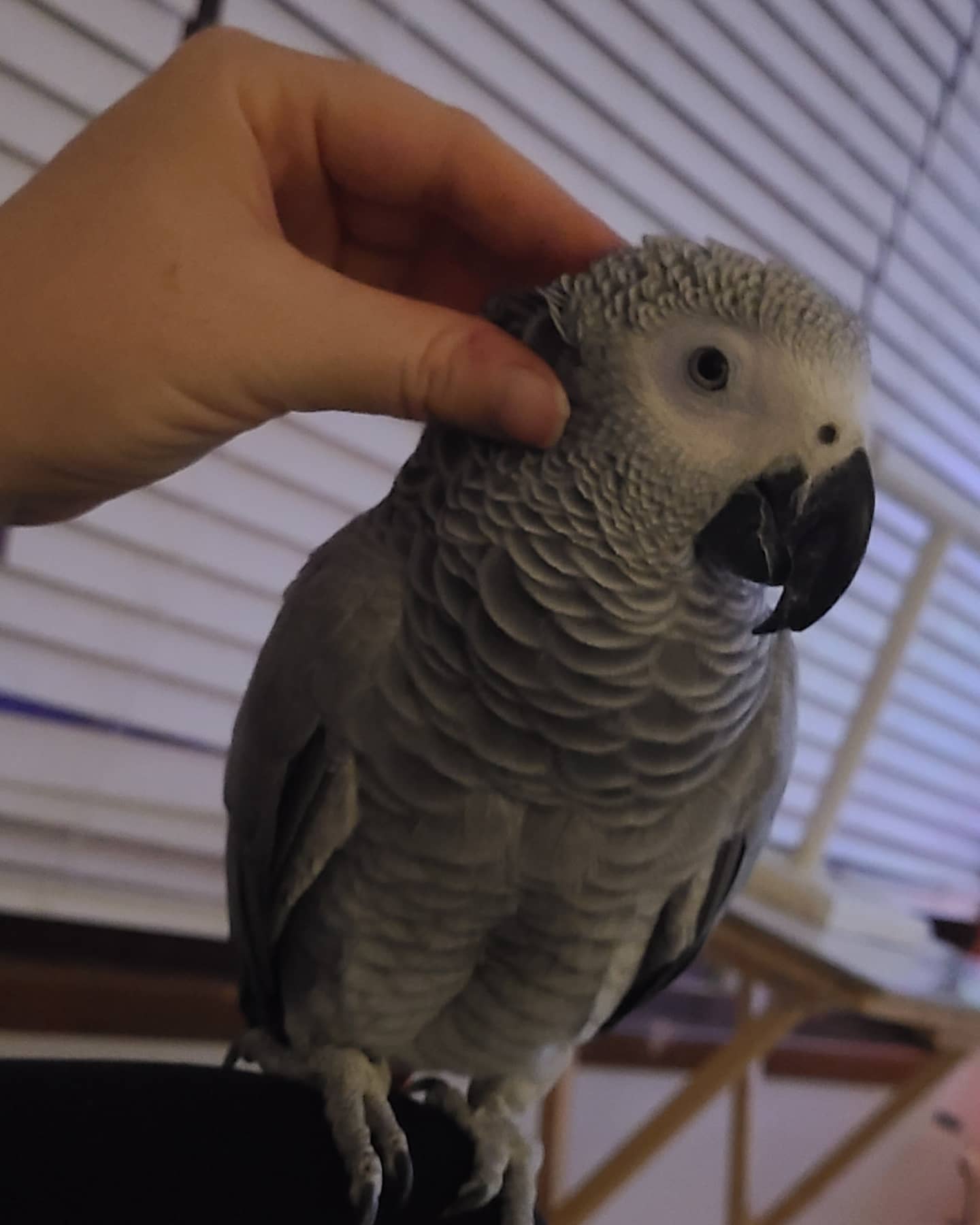
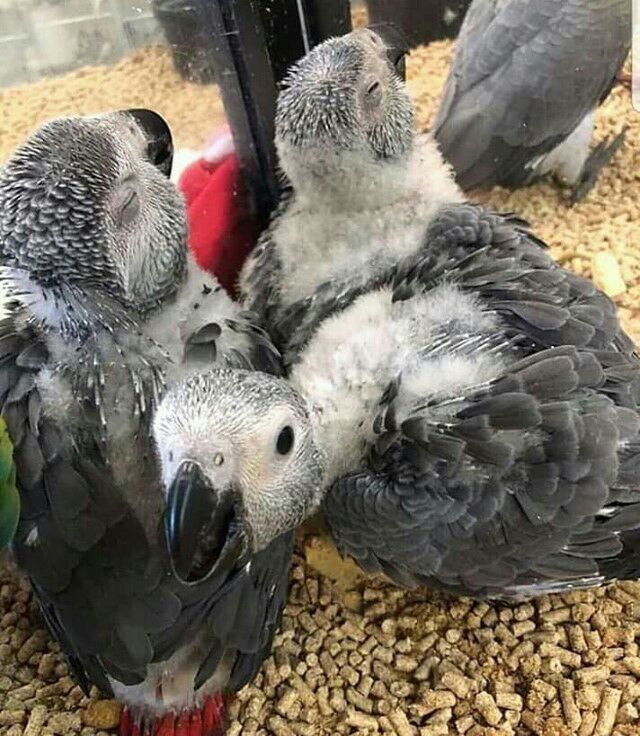
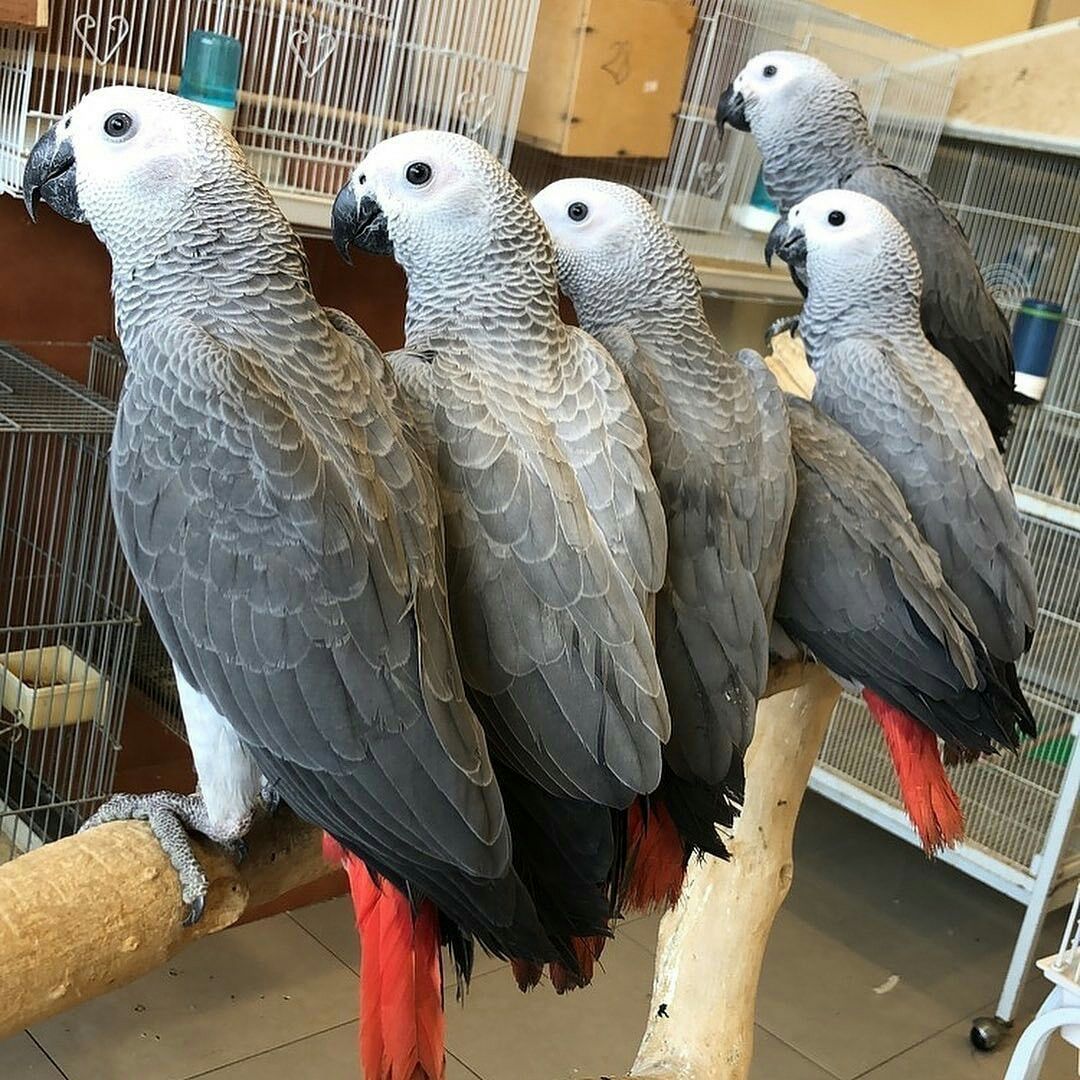

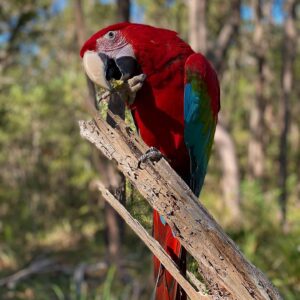
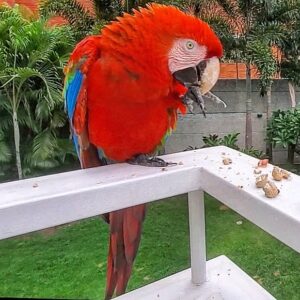

Reviews
There are no reviews yet.